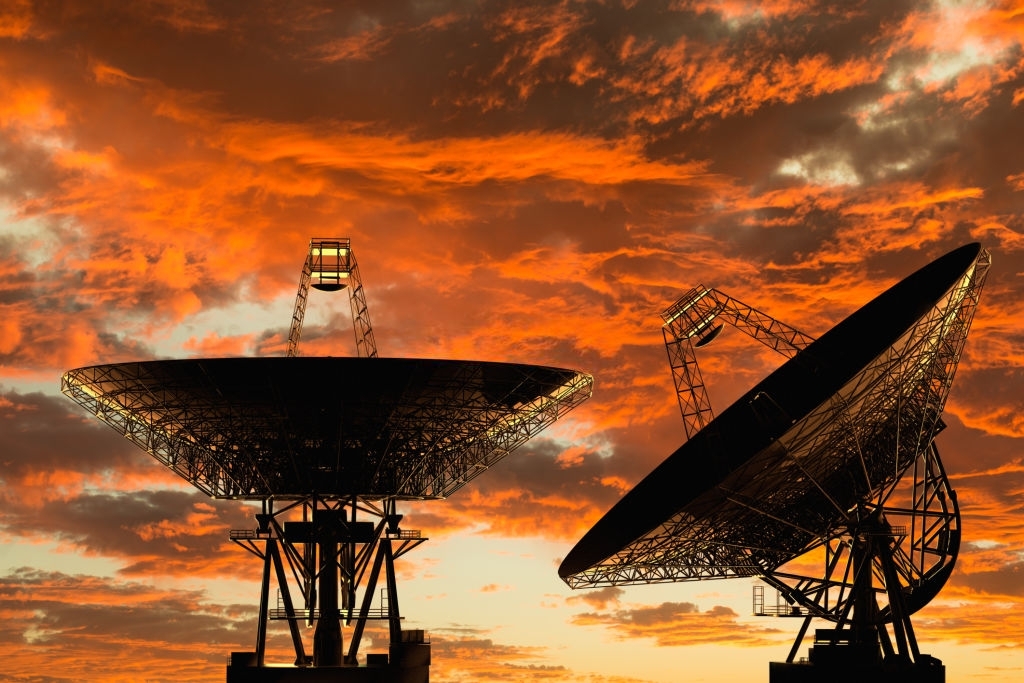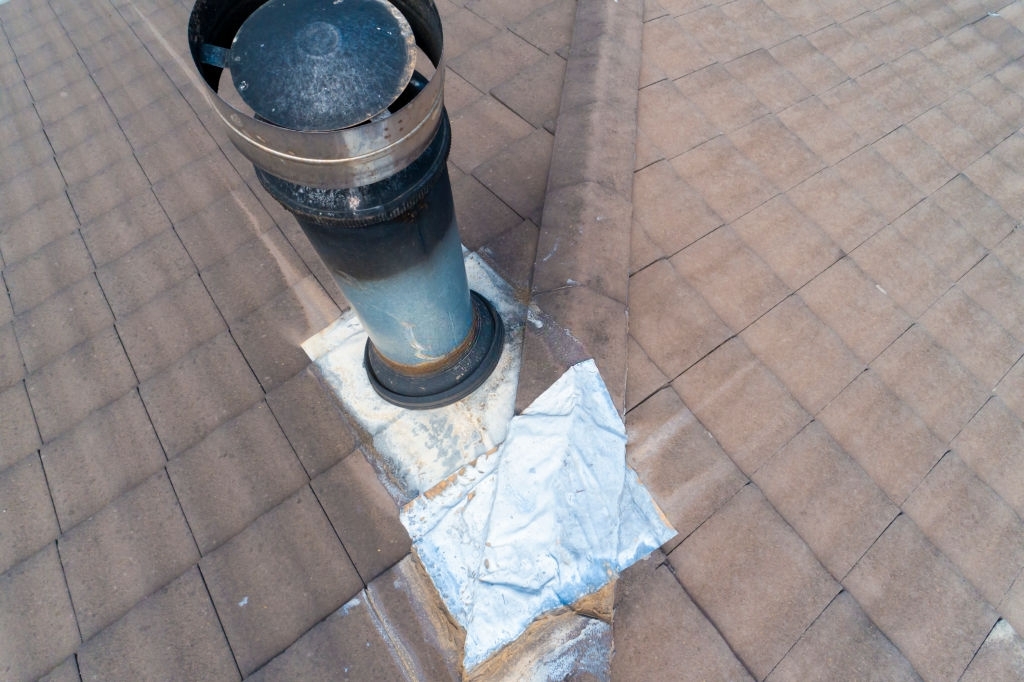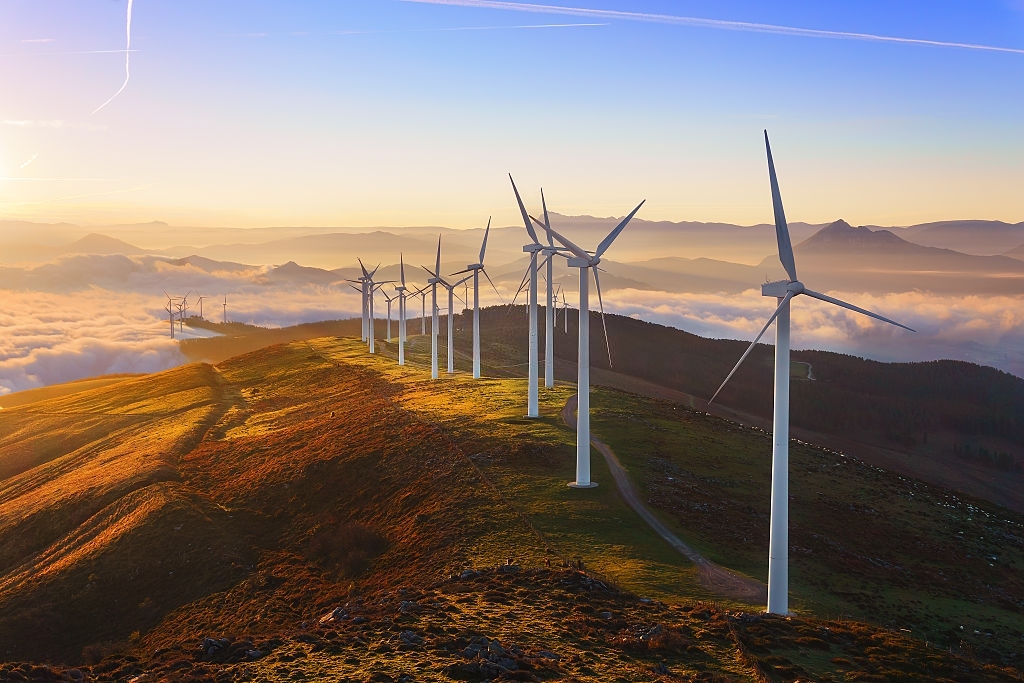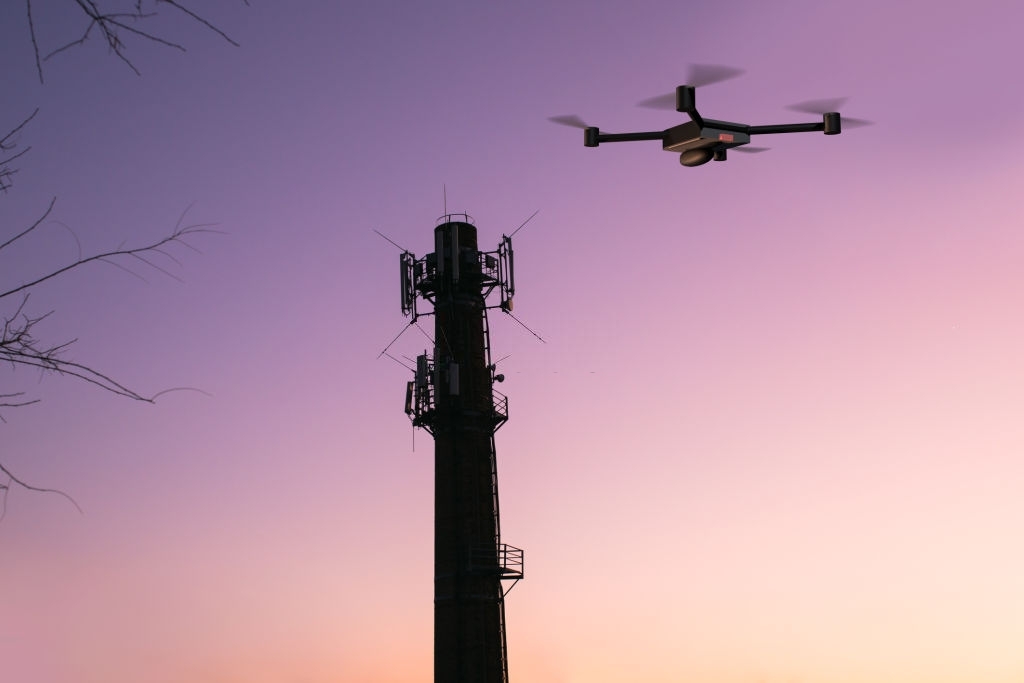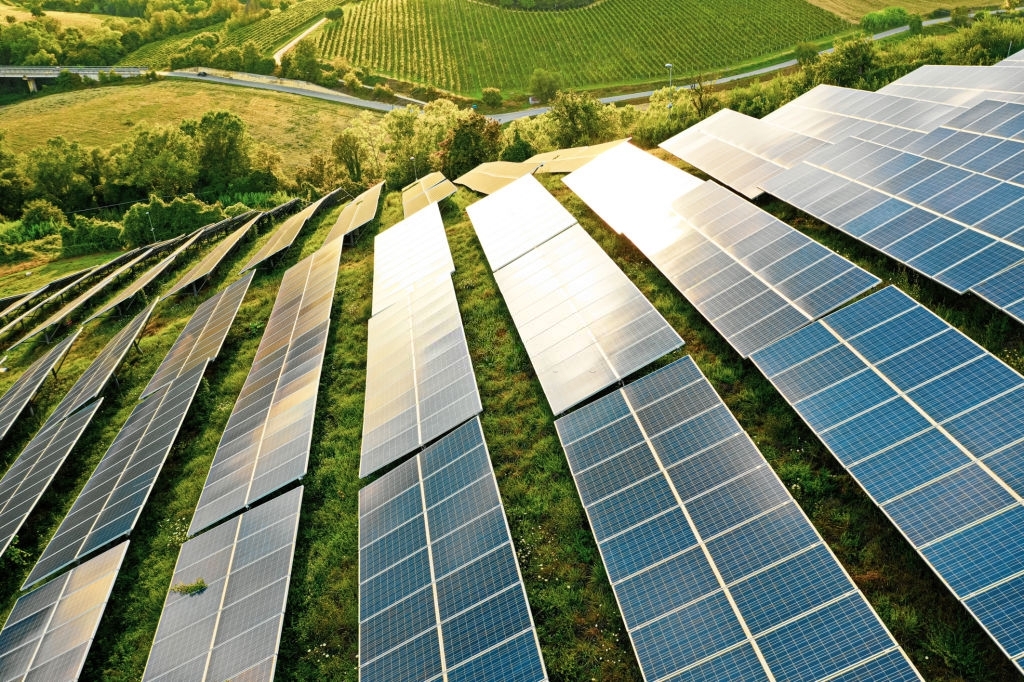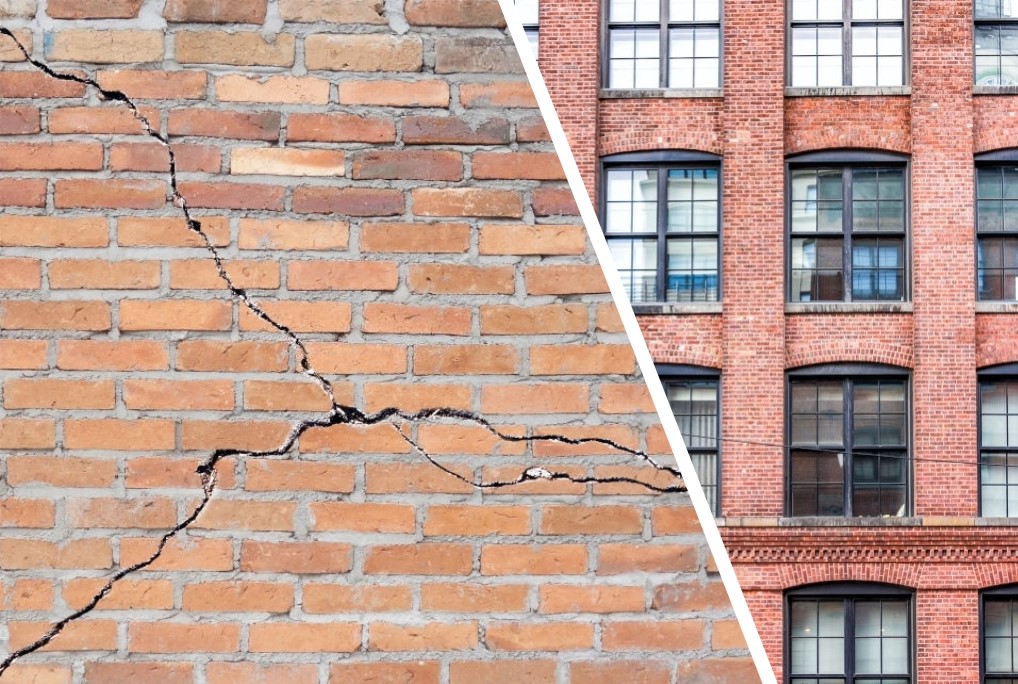Visual inspection is a crucial part of any industry’s maintenance procedures. However, hard-to-reach places like boilers, pressure vessels, or the top of telecom towers often risk inspectors’ lives. In such cases, drones serve as the inspector’s eyes. The drone is sent to collect visual data that the inspector then reviews to locate damages that require repair. There are multiple benefits of drone inspections:
- Reduced risk and savings on liability insurance due to the inspectors not being exposed to dangerous situations.
- Savings as a result of not building temporary structures such as scaffoldings solely for inspections.
- Savings due to no downtime in areas such as nuclear power plants or pressure vessels that need to be shut down before inspection.
- Due to the low costs of drone inspections, more inspections can be carried out, which leads to greater safety.
RESIDENTIAL ROOF INSPECTIONS
While there is no substitute for the meticulousness offered by the human eye, drones have proven to be a great alternative. You might need to inspect the roof for real estate appraisals, repair estimates, insurance adjuster claims, solar panel installation, or just regular maintenance. Drone technology offers a much safer, efficient, and accessible way to do that. It cuts down inspection time from three hours to one, reduces the manpower required to a single person (the pilot), and offers cloud-based 3D modeling.
WIND TURBINE INSPECTIONS
The components of wind turbines are regularly exposed to weather changes. They have to endure hail, snow, lightning, rain, dust and heat all of which lead to wear and tear over time. Drone inspections provide visual and thermographic data of the state of the towers and rotor blades. Visual inspections can be conducted both on- and off-shore using drones. Compared to manual inspections or traditional telephotography, drone inspections are much more cost-effective. Besides, they ensure safety, dynamic surveying, reduced downtime, and high-quality images and videos.
TELECOM TOWER INSPECTIONS
Drone technology provides an effective solution to telecom tower inspections. Climbing high telecom towers can be dangerous for inspectors, but drones can safely assess a towers’ condition and orientation. Inspections are done from a safe distance, with no downtime since towers remain functional during the inspection. It reduces human error by providing accurate and reliable data while cutting down working hours and costs. Drones provide high-quality visual data, with live streaming, zoom, thermal, and 4K/8K capabilities.
SOLAR FARM INSPECTIONS
The renewable energy infrastructure is increasingly relying on cutting edge technology to improve the efficiency of their operations and optimize their services. The pro-environmental shift to solar energy is causing large scale demands. Solar energy companies are creating solar farms with thousands of solar panels installed across large, highly irradiated areas. Traditional inspection methods involve manually assessing each panel using handheld thermal imagers to detect defects. This can be inefficient, time-consuming, and sometimes hazardous. Drones can be easily used in highly irradiated areas; they cut down the inspection time by 70% and reduce the manpower.
FACADE INSPECTIONS
Drones can inspect buildings and infrastructure facade quickly and inexpensively. They make inspecting huge buildings easier, especially after natural calamities like hurricanes and earthquakes, when the state of infrastructure is unknown. Drones eliminate the need for scaffoldings, thus saving costs for such temporary structures. They provide real-time measurements of the area, volume, and distance. High-resolution images from any vantage point allow detailed facade analysis. It also offers safe inspection since inspectors’ lives do not hang in the balance, literally or figuratively.

